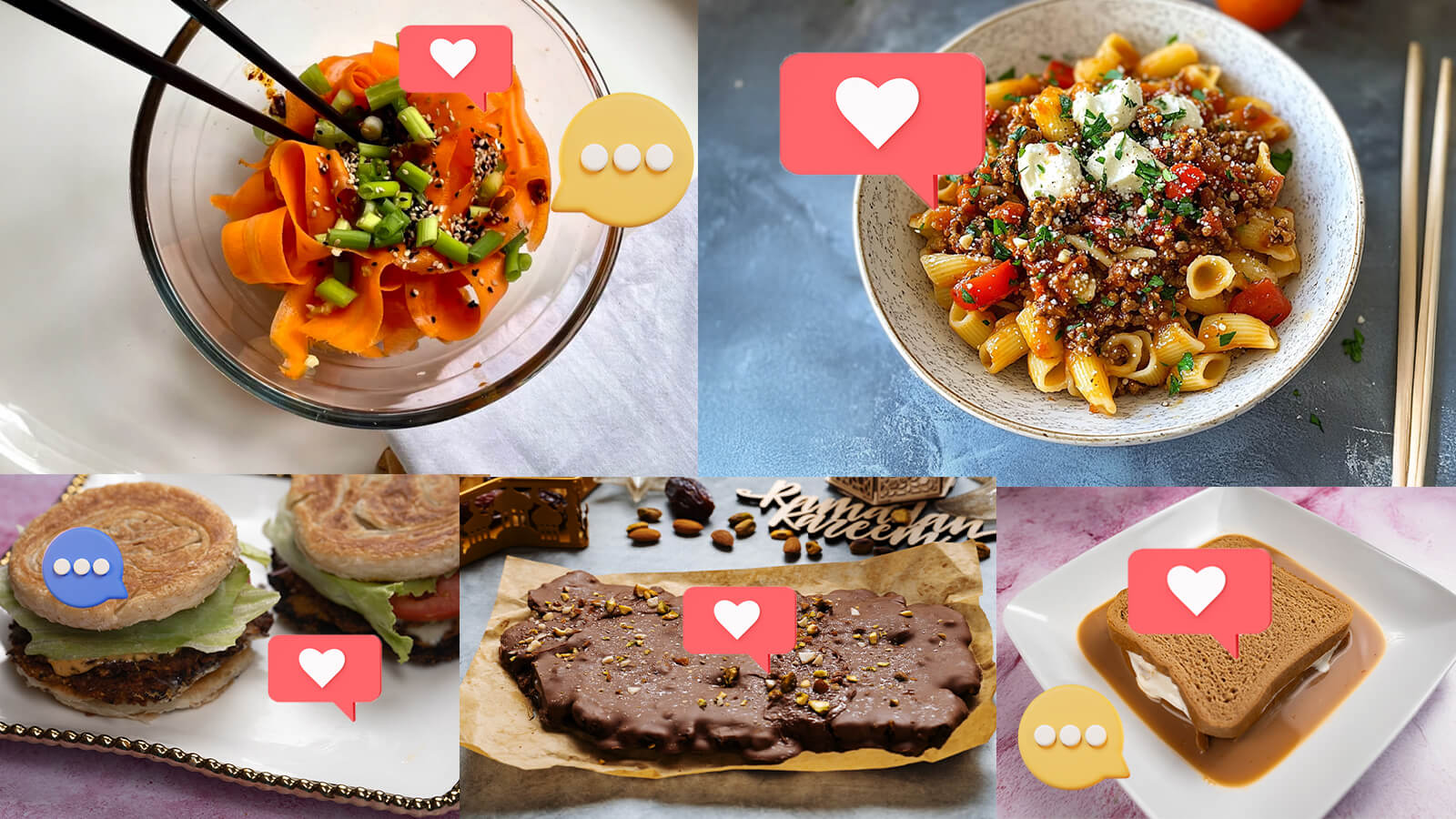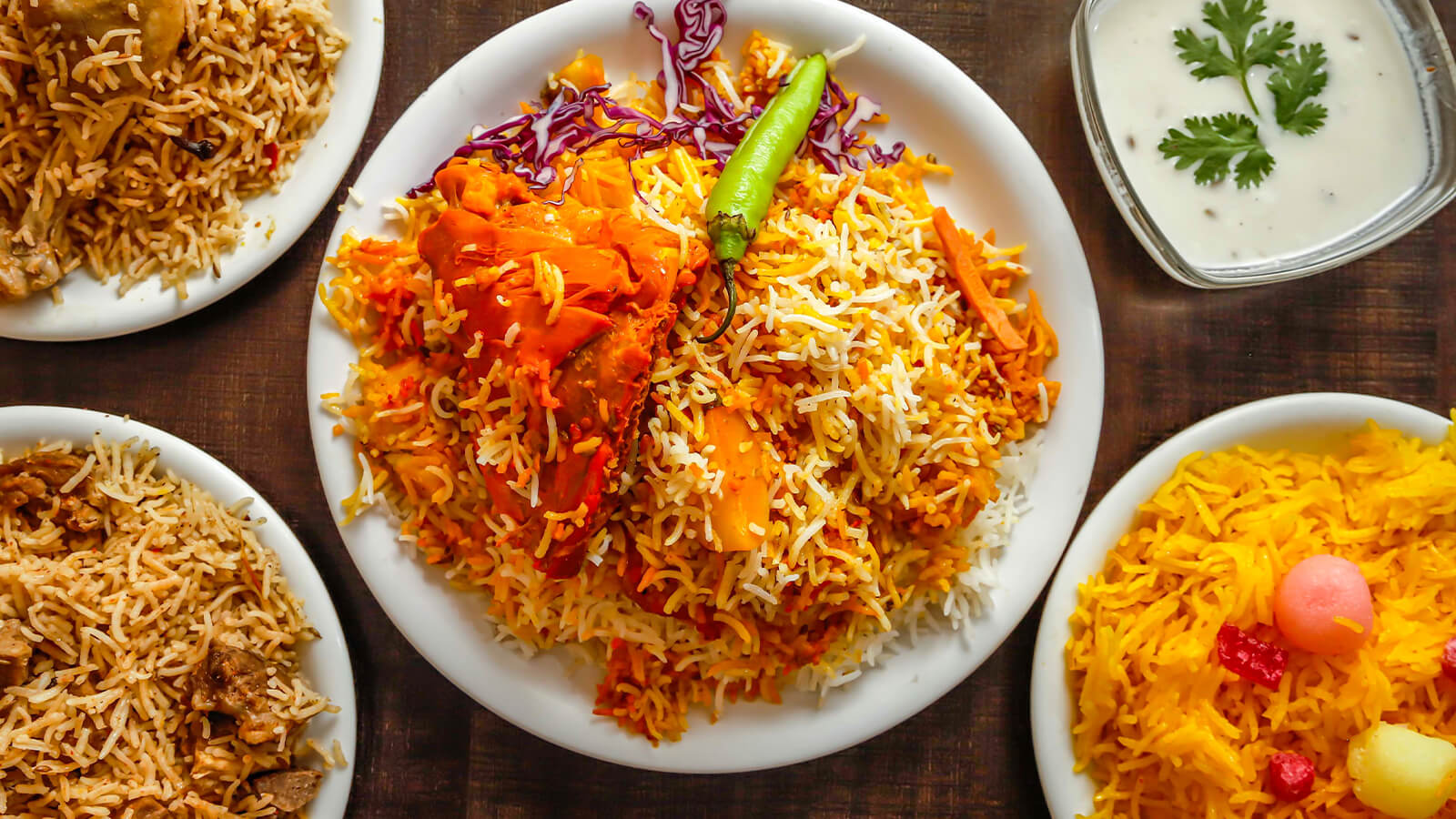Cuisine Culture of the North - As Influenced by the Mughal Dynasty

Indians love introducing their food to other cultures, and rightly so because every part of India has a unique flavor and its own delicacies. The country is described by its assorted variety; an amalgamation of various societies, customs, and ways of life. What characterizes India is its undying love for food items, as its cuisine is not only different in taste but also in cooking methods. Being highly diverse in cultural identities, Indian food is also heavily influenced by religious and social groups. As per the dominant religious belief of the region, the cuisine omits certain ingredients to comply with sacred law. In this blog post, we explore the cuisine influenced by the Moghul dynasty, which constitutes delicious North Indian food.
Due to its origins, the cuisine reflects a strong usage of rich and hearty Moghul elements like: milk, cheese, yogurt, cream, nuts, saffron, chilies, and ghee (clarified butter).
Saffron, one of the most expensive spices in the world, and rich gravies, made from pureed nuts and cream, are all regularly used in Northern dishes. Another commonality are tawas (griddles) and tandoors (clay ovens), which are well known for baking fluffy naan bread, roti and parathas. Puri and bhatura, which are deep-fried thin flatbreads are equally desired. Additionally, famous main courses like Tandoori Chicken are also cooked in the tandoors to create a distinctive smokey charcoal flavor. Although North India is brimming with countless tempting foods, below are our top three picks that are highly popular in the region.
Chole Bhature

Chole bhature is a traditional and delicious vegetarian meal prepared with ingredients easily available in the kitchen. It is cooked mainly using chole (garbanzo beans), wheat flour, yogurt, all-purpose flour and a mix of spices served alongside a puffy bhatura (deep-fried bread). The dish initially originated from eastern Uttar Pradesh in the northern part of the Indian subcontinent, and is preferred for breakfast and brunch by North Indians. Chole is the name for the bigger and lighter hued chickpea known as Kabuli Chana (garbanzo beans). Kabuli chanas are mainly cultivated in the Mediterranean, Southern Europe, Northern Africa, South America, and the Indian subcontinent. This variety of garbanzo beans originated in Kabul, Afghanistan and was introduced to India in the 18th century. On the other hand, puris originated from the Indian subcontinent. Bhaturas are a popular variant of it, made from all-purpose flour and deep-fried just like puri. It may come as a surprise, but puri has its roots in ritualistic traditional cooking. Anything cooked in ghee was considered pure food as per the Vedic society. Frying, thus became part of the ritualistic way of cooking in early Indian society, and puris found their way onto our plates.
Palak Paneer

Cooked spinach with Indian cottage cheese is a staple in North Indian cuisine. The flavorful curry is infused with Indian spices which becomes a perfect base for pan-seared paneer. It entices your taste buds and is a much healthier version of a creamy dish.
The origins of palak paneer can be traced back to Portugal. Many say that the Portuguese introduced paneer with their knowledge of cheesemaking to Calcutta, India. Despite these early origins, though, paneer didn’t make its way into Indian cuisine until the Mughal Empire. The idea of mixing leafy greens with paneer can be traced back to around 2000 BCE, among the days of Ayurvedic cooking traditions where people prepared chopped mustard greens in earthen pots with yak’s milk. With time, the dish has evolved. First blanched and then pureed, spinach is cooked with spices and simmered with paneer on low heat. Cream is then added to contribute to richness and to cut down on the spinach leaves’ bitterness. This fast and easy-to-cook dish can be served with basmati or cauliflower rice and naan bread.
Ladoo

Whether it is a wedding or the birth of a child, everyone loves their all-time favorite ladoo on all occasions and festivals. Varying in flavor and sizes, they are a widely cooked mid-day snack and are also served as a dessert. It is interesting to note that ladoos was originally used as a medicine to calm the raging hormones of teenage females. Used in other cases of medicine, one of the earliest examples of Til kay Ladoo came around 4 BC when legendary surgeon Elder Susruta began using it as an antiseptic to treat his surgical patients. On the contrary to medicinal use, some ladoos like the Shahi Ladoo, were considered gifts from the Persian invasion as it brought in dates, figs and the usage of fruits and vegetable seeds into original ladoo making. The genuine curve in the ladoo story was obviously influenced by the import of sugar during early British times. Alluded to as “Sweet White Poison”, sugar turned the genesis of ladoos into a hot commodity. Many people are not aware of the fact that there are more than 100 different types of Ladoos made with the simplest ingredients and recipe. The main trick is to get the browning of the gram flour right along with a spot-on sugar syrup consistency. Each kind of ladoo is flexible in the recipe where the core ingredients remain the same but one can add more food items, and adjust sweetness levels and ghee proportions. One needs to be careful not to alter the ladoo’s original texture. Notable of the numerous types of ladoos are: Besan, Motichur, Badam, Atta, Mawa, Ragi, Moong Dal, Rava, Till, Poha Gond, Urad, Maladu, etc.
It is an exhilarating experience to know that the cooking styles of India are vigorously impacted by its history, victors, exchange accomplices, and the strict social practices of its masses. Because of the distinctions in atmosphere and soil conditions, the local cuisine in different districts varies enormously from one another, as every area uses spices, herbs, and ingredients that are grown locally. North Indian cuisine, particularly, is perhaps the most prevalent around the globe with its ingredients readily available in major supermarkets as well. Many restaurants in countries like America and the UK thrive on this culinary style of bold spices and opposing flavor combinations. While Indian restaurants are flourishing outside India, they are not solely serving what is viewed as a bona fide Punjabi or North Indian-impacted cooking. Therefore, it is in every case better to explore and see what more the North Indian district brings to the table.





